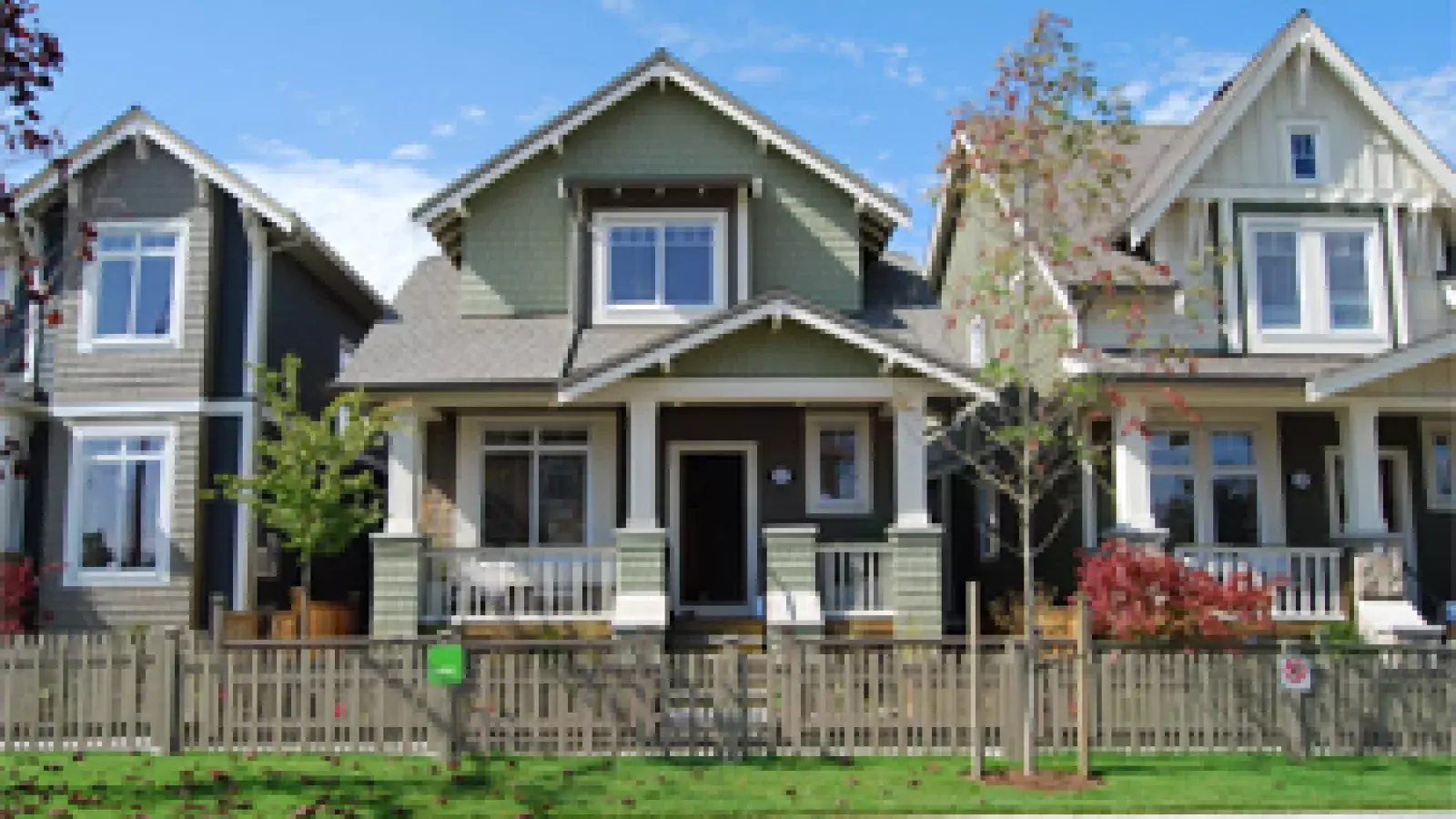Recently some members of my team were talking about a new 30-minute show on HGTV called “Urban Suburban”. Homebuyers are shown six homes with a similar price tag - three in an urban neighbourhood, and three in a suburban neighbourhood. The appeal of the show rests in arguments made for each lifestyle, and ultimately demonstrating that the further you live from an urban core, the more space you’ll be able purchase. This is the basis for what we know as Urban Land Economics.
MAC Marketing Solutions markets and sells new homes all over Metro Vancouver. From compact condos in downtown Vancouver, to large estate-homes in south Langley, we’re constantly analyzing the impact that “distance” plays on values. But the definition of distance is becoming less clear as metropolitan centres form all over Metro Vancouver. And as technology and transportation infrastructure continue to improve, where urban ends and where suburban starts is beginning to shift.
With the recent announcement of the commencement of the Evergreen Line, the entire Tri-city area (Port Moody, Coquitlam, Port Coquitlam) will realize shorter commute times and more connectivity to Vancouver than ever before. Coquitlam is also creating their own town centre with uber convenience found in a great deal of office and retail alongside residential towers for a definitely more urban feel. Recent improvements to several highways and new bridges have also made areas like Maple Ridge, Abbotsford and Squamish more accessible than ever. In fact, even Bowen Island is now being considered a suburb of Vancouver.
Unlike the fifties, many new suburban communities are now being designed and approved based on excellent transit systems, so that suburban residents are not necessarily at the mercy of a vehicle. Owning, fuelling, parking, insuring and maintaining a vehicle will add a big cost for those who need to drive daily, not to mention the impact on the environment. When considering a suburban setting, be sure to find out more about the existing and planned transit in the neighbourhood. Additionally, not everyone needs or wants to work from the office anymore. Telecommuting has provided more flexibility to work from home with an internet connection and a lap top.
For those of us who still need to commute daily, the costs of living further from your workplace needs to be considered when selecting a new home. What are your real costs of living further away? The reality of ever-rising fuel costs and population growth will continue into the foreseeable future. What are the differences in the annual property taxes and the costs to heat each home? What is your time worth? Ultimately, the “trade-off” between more space for higher transportation costs and your time should be calculated out in detail.
So, are you urban or suburban? If you are looking for a new home, talk to your realtor about the benefits of living closer and further from town. Be sure to weigh all the pros and cons, and make the decision that works best for your budget and your lifestyle!
Cameron McNeill



